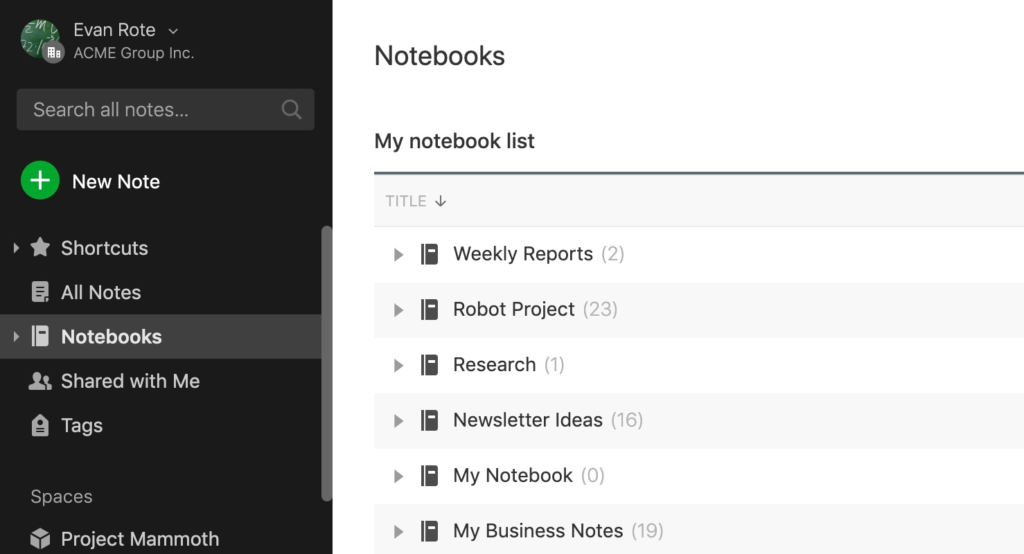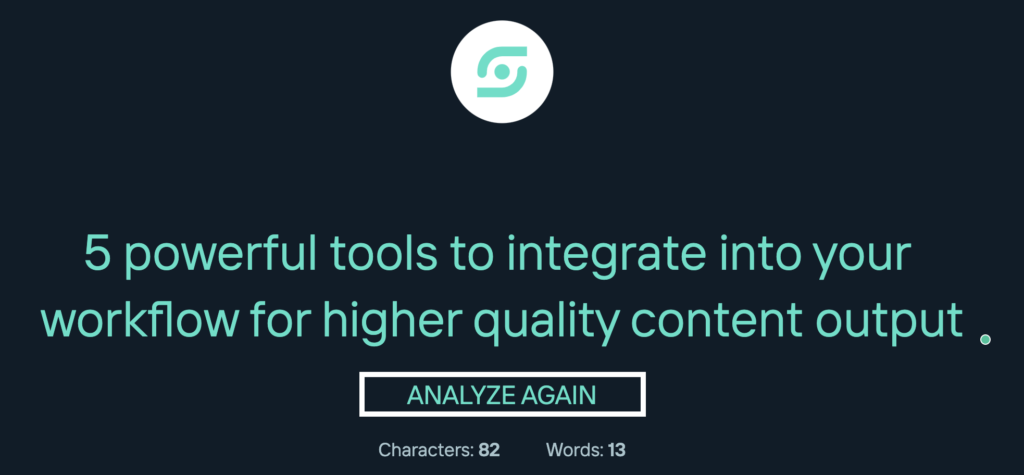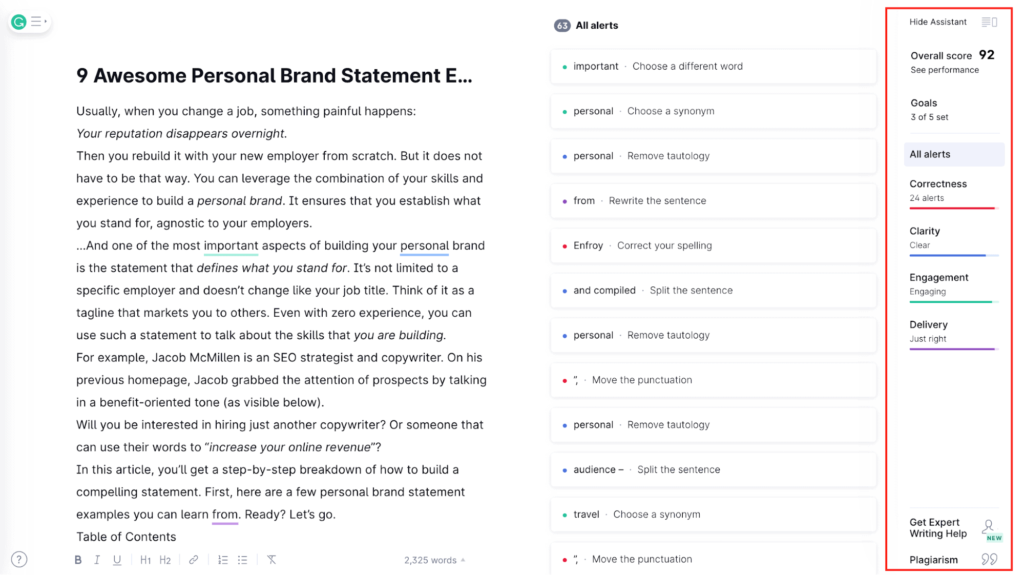There’s been a tremendous rise in the creation of content in the last five years or so. To stand out, businesses have been trying to publish aggressively. But with the short attention spans of consumers, the answer is focusing on quality — and writing tools are a great help with the same.
It will be long (or probably never) before the artificial intelligence-based GPT3 technology replaces writers. But there are various writing apps, on page SEO optimization tools, and analytics software you can integrate into your writing workflow – and create better content. Here’s the first one:
1. Evernote
A simple piece of software (available on mobile, tables, desktop, and the cloud) for storing those ideas you get at weird times of the day. It seamlessly syncs your notes across devices and offers generous free storage. What’s more? It’s also possible to store audio clips, so you can record your voice if you don’t feel like typing.
You can use notebooks and tags to categorize your notes, ensuring all of those creative ideas remain with you.

The tool can also act as an app for writing the outline or the first draft for an article. You can later copy that into Google Documents, WordPress, or the writing tool of your choice.
2. Hemingway Editor
Do you know that people hardly read on the internet? Merely 20% of words are read on a page in an average visit to a website.
That calls for simplifying your writing, ensuring complex topics are broken down into easily understandable language. When you input your text inside the Hemingway Editor, it highlights your usage of complex sentences, passive voice, adverbs, and other hard to read sentences. Here’s an example of the current article:

Unless you’ve some higher creative purpose, you can look at all the sentences the app finds complicated and prune them. Thereby, you make your writing accessible to a wider audience — and possibly even improve the amount of time people spend reading your content.
3. Surfer SEO
Given that SEO has become super competitive now — how would you like to have instructions for writing top-ranking content for your target keywords? That’s Surfer SEO for you. It crunches data on the top-ranking results for a keyword and returns their commonalities, so to say. Here’s an example suggestion for an article on my site by the tool:

You can copy your content inside it and grade your writing against the top results. For folks that fear imperfection and doubt their crafts, this could be unsettling. But there are actionable data-backed suggestions on where you can improve your content to ensure it’s at par with the other results.
So with some optimization of your writing, you’ll get the score your creative labor deserves, don’t worry. Here’s an example score of one of my articles against competitors:

Note: A tool like Surfer can restrict your creativity. Because you’re assembling the current ranking articles on your topic, treat its prompts as suggestions. Don’t forget to add a splash of originality on the top of it — don’t be a copycat.
Come up with a fresh angle on the topics you attack, get quotes from subject matter experts, and personalize the piece. Ensure that the final article looks like your unique creation.
4. Sharethrough Headline Analyzer
Headlines are the number one way people judge a piece of content online.
What if your article’s title doesn’t interest a prospective reader scrolling through a stream of similar results in Google (or browsing social media)?
They will pass on to the next article with a more intriguing headline.
So invest time in writing persuasive titles. Some headline hacks and templates help. But whip out 5, 10, or even 20 headlines, and analyze them inside an analyzer like the one by Sharethrough. Here’s the score of one of the current article’s headlines I tried.

By applying its suggestions above, I redid the headline:

And improved the score:

See how the suggestions can improve the “composition” of your title? Emotional and powerful words might lend you extra clicks. So does the usage of positive language or adding a celebrity. Plug a few titles for your next article before pressing publish on your next article!
5. Grammarly
Bad grammar and typos in your writing can ruin your reputation. Indeed even an oxford comma can cause a loss of millions of dollars. Grammarly is a top grammar checker that can check your text for spelling, grammar, typos, and other errors. It integrates with Google Documents, and its free version will suffice for most people.
It also gives a score based on the overall grammar and English language parameters, but don’t read too much into its value.

I like to use the premium version of the tool, though. I love its weekly reports that highlight my habitual writing mistakes, and it shows many sentence structure related suggestions (not available in the free version).
But Grammarly isn’t perfect. It can miss typos and give weird suggestions that will make your writing robotic, dry, or just bad. So weigh its corrections manually. And if possible, have a set of human eyes — even if a friend — proofread your text before publishing.
Final Thoughts
With the rise of content marketing and its effectiveness at driving business results, writing has become an indispensable skill. Journalists with creative storytelling skills continue to shift to the marketing industry, helping brands with their blogs.
The rise of software has come as a tremendous help for the most part. They conduct a thorough analysis and offer robust suggestions for making your content stand out. But there’s only so much artificial intelligence can do.
So don’t forget to integrate your creativity and personality in the mix — that’s what will build a moat around your content and ensure you stand out against competitors using the same set of tools.
Are there any other tools you use in your writing and content workflow? Let me know in the comments below.
This is a Contributor Post. Opinions expressed here are opinions of the Contributor. Influencive does not endorse or review brands mentioned; does not and cannot investigate relationships with brands, products, and people mentioned and is up to the Contributor to disclose. Contributors, amongst other accounts and articles may be professional fee-based.

